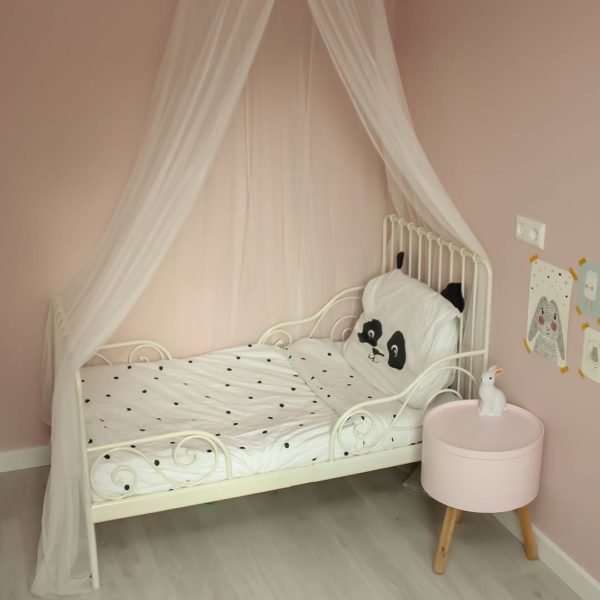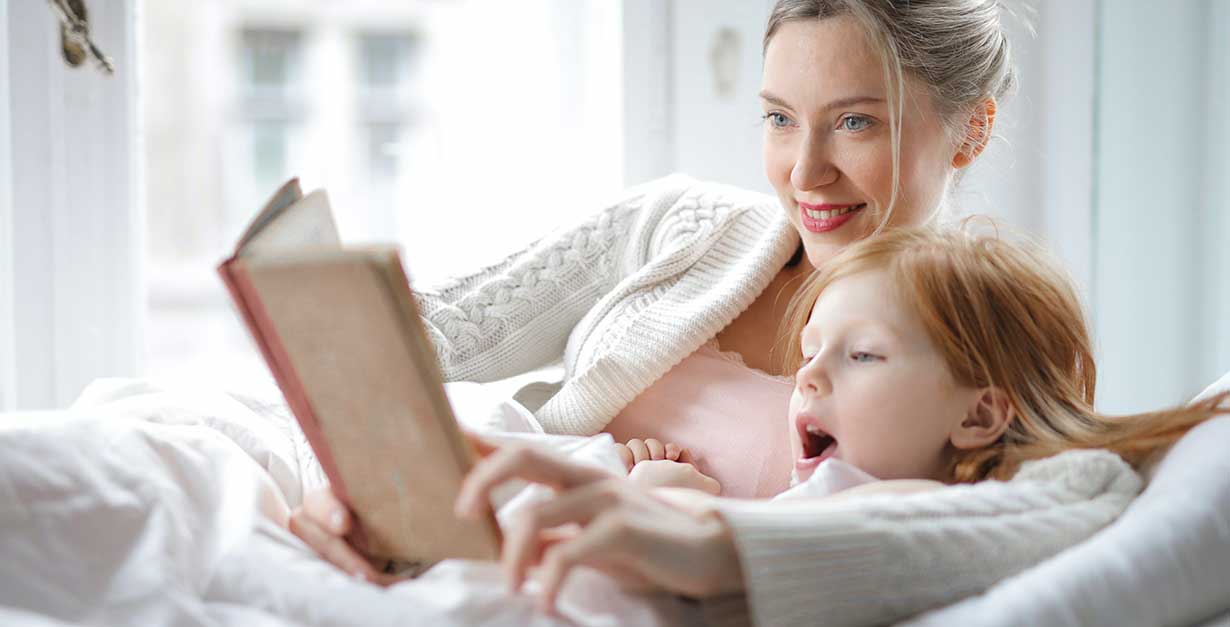How To Stop Cosleeping: Transitioning Your Child to a Bed
We’ve talked a lot about cosleeping, and the many benefits to safely cosleeping with your children. But what if you’re ready to make a change and end your cosleeping relationship? Maybe no one is sleeping. Perhaps you’re an “accidental cosleeper” — lying down to get your child to drift off and it turned into co-sleeping. Whatever your reason,if you’re wondering how to stop cosleeping with your child, we have some tips including:
- Talk about it with your child
- Introduce a “lovey” or transitional object
- Choose a bed
- Use The Shuffle
Talk About It
Families who decide to co-sleep or choose a family bed will at some point need to help their children transition into a separate bed, or even a separate room. But when is the right time? According to Dr. Brazelton, author of Touchpoints, most kids stop cosleeping on their own by thirteen years of age. But what if you’d like to end the cosleeping relationship sooner? Hopefully these tips help you to make this big step into a gentle sleep transition.
Begin with a conversation — if your child is old enough — about how bedtime will be changing soon, and remind your child often. The more you mention the change, the more your child will have time to process, think, and become aware that bedtime is going to change soon.
Consider starting these conversations and reminders at least three to five days before you plan to begin the transition.
If your baby or toddler is still eating overnight, you may want to consider night weaning before you start the move.
Want to read more about night-weaning?
Read: How to End Night Feedings: Gentle Night Weaning at Six Months
Introduce a Transitional Object
Once you’ve made the decision to transition from a family bed into separate bed(room)s, you may want to introduce a lovey if you haven’t already. A lovey is a blanket, or stuffed animal that can be introduced into the bedtime routine. Make sure that there are no choking hazards like loose parts or button eyes. Incorporate the lovey in part of your day and give it some personality. The goal of a lovey — or transitional object — is to help soothe your baby and give him security when you aren’t there.
It may also be helpful to ‘wear’ the lovey so that it has your smell, which is calming for your baby. This will allow your baby to have a part of ‘you’ without you actually being there.
Want to read all about “loveys” ?
Read: The Lovey — Your Child’s First Best Friend
Choose An Appropriate Bed
There really is not right or wrong way to transition your child from your family bed, and into his own bed, although most families do find that starting small helps. To help ease your baby into their new sleeping accommodations, let your child pick out special sheets, and/or a blanket. Decide if you want to start with a twin mattress on the floor, or a crib if your child is under three years. The minimum age I recommend that you put a child into a ‘big’ bed is 2.5 years old but, three years old is ideal. Allow them to help you make their new “big kid” bed.
When it comes time to put them into bed for the first time, go through your normal bedtime routine, with the exception of the family bed. Put him in his “big bed.” It usually helps to co-sleep in your baby’s room for a few days before putting him into his new bed. Remember that this cosleeping phase is temporary — no more than three days — and that you are going to be using The Shuffle with your chair soon.
When it comes to co-sleeping, we are passionate about finding a solution that feels right for you.
We’re the only online sleep training course that addresses co-sleeping - whether you want to end it or safely continue. Register for Gentle Sleep Solutions today to start getting the sleep your family needs!
How to Stop Cosleeping with The Shuffle
It’s completely understandable that the new sleeping arrangements may be a little unnerving for your child, so be prepared to help resettle her as needed for the first few nights. Be sure to move your chair position every three days to help her adjust as gently as possible.
I would urge you to resist lying down with her once you’ve stopped cosleeping in her room. That may end up creating a sleep crutch that you’ll just have to modify later. Remember that the whole point of the transition is to help your baby settle into the new routine without creating any additional sleep crutches that will have to be dealt with later.
Wondering how to use The Shuffle?
Read: The Sleep Lady Shuffle: How to Gently Sleep Train your Baby

Remember that children are adaptable
This process will be harder for some babies than others. Regardless of your reasons to end co-sleeping, remember that your baby may not completely understand why she doesn’t have mom or dad right there when she wakes.
Trust me when I say that your baby is smarter and more adaptable than you think, and she’ll adjust to the new routine out soon. In the meantime, use The Shuffle, and know that it’s okay if you have to take some time to make this transition. It’s a big step for all of you! Remember, a week or two really is fleeting, and it will help your whole family adjust to the new sleeping arrangements for the long term.
For more on this topic, please review Chapter 12 in my book, Good Night Sleep Tight, which is entirely devoted to gently ending the cosleeping relationship.





